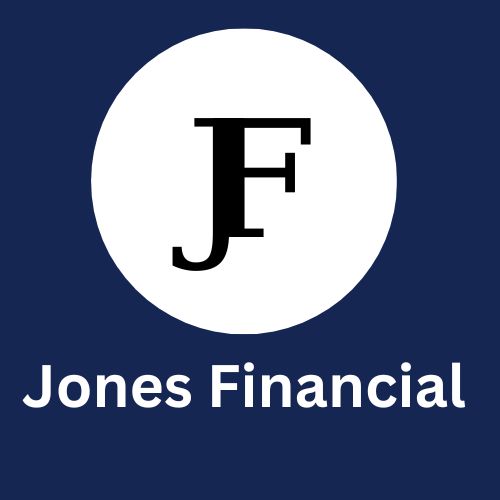Pensions: Your guarantee of a good retirement
There are many different ‘tools’ used to save for retirement, the taxation and investment elements of pensions can appear baffling. We specialise in explaining, recommending and monitoring pensions for you. Below are the most common sources of pension income to provide for your retirement.
Single Tier State Pension
The new State Pension is a regular payment from the government that you can claim if you have reached State Pension Age (SPA) on or after 6 April 2016. Other arrangements applied prior to that date.
You’ll be able to get the new State Pension if you are eligible and:
- a man born on or after 6 April 1951
- a woman born on or after 6 April 1953
If you reached State Pension age before 6 April 2016, you’d get the State Pension under the Basic State Pension and Additional State benefits headers as shown below.
The full new State Pension is £203.85 per week (2023-24). Your National Insurance record is used to calculate your new State Pension. You’ll usually need 10 qualifying years to get any new State Pension, 35 qualifying years for the full amount.
The amount you get can be higher or lower depending on your National Insurance record.
The Basic State Pension applies to people whose State Pension Age falls before 6th April 2016, for people who have paid sufficient National Insurance Contributions while at work or have been credited with enough contributions. **
Additional State Pension (as above) – Referred to as the State Second Pension (S2P) but before 6 April 2002, it was known as the State Earnings Related Pension Scheme (SERPS). From 6 April 2002, S2P was reformed to provide a more generous additional State Pension for low and moderate earners, carers and people with a long-term illness or disability and is based upon earnings on which standard rate Class 1 National Insurance Contributions are paid or treated as having been paid. Additional State Pension is not available in respect of self-employed income.
From April 2016, both the basic State Pension and Additional State Pension were combined to offer a simple single tier flat rate pension. **
Want to Know More About Pensions
An occupational pension (through an employer’s pension scheme) – This could be a final salary scheme (referred to as defined benefit) or a money purchase scheme (usually referred to as defined contribution). Pensions deriving from final salary schemes are usually based on your years of service and final salary multiplied by an accrual rate, commonly 60ths. The benefits from a money purchase scheme are based on the amount of contributions paid in and how well the investments in the scheme perform.
Personal pension schemes (including stakeholder schemes) – These are also money purchase schemes and are open to everyone and especially useful if you are self-employed, just for topping up existing arrangements. From October 2012, all employers now have to offer their employees, who meet certain criteria, automatic enrolment into a workplace pension.
Retirement Options – There are now a vast array of different products that may be used at retirement to provide benefits, from the traditional form of annuity that provides a regular income stream to Flexi-access Drawdown which enables lump sums of benefits to be taken either as a one-off payment or over a given number of years. Given the complexity and choice all individuals now have, it is important to seek independent financial advice before making any decisions.
State Pensions may not produce the same level of income that you will have been accustomed to whilst working. It’s important to start thinking early about how best to build up an additional retirement fund. You’re never too young to start a pension – the longer you delay, the more you will have to pay in to build up a decent fund in later life.
** For those who have reached State Pension Age on or after 6th April 2016, these no longer apply.
THE FINANCIAL CONDUCT AUTHORITY DOES NOT REGULATE TAXATION ADVICE.
Pensions are a long-term investment. You may get back less than you put in. Pensions can be and are subject to tax and regulatory change; therefore, the tax treatment of pension benefits can and may change in the future.
